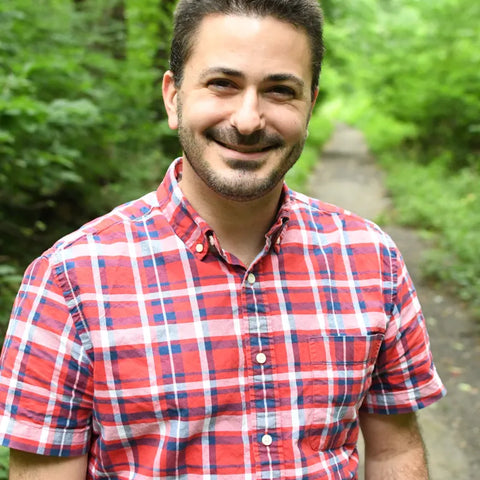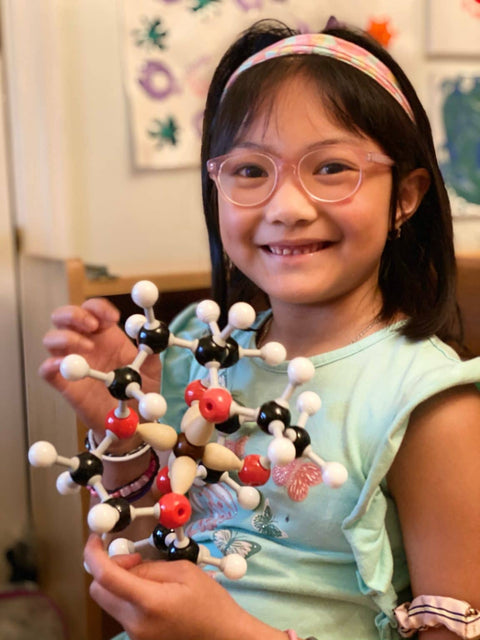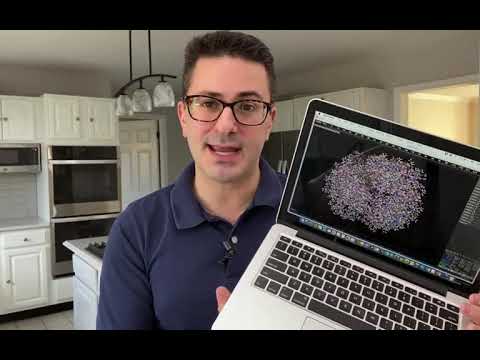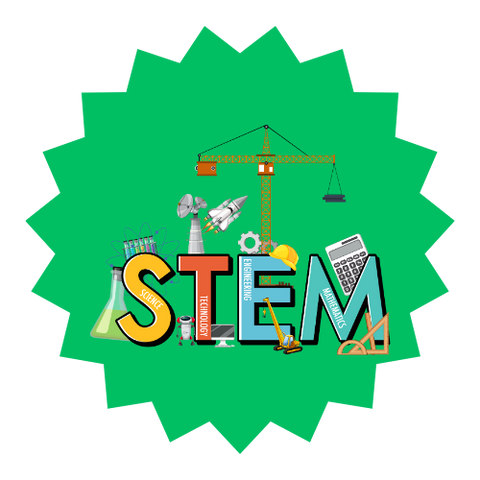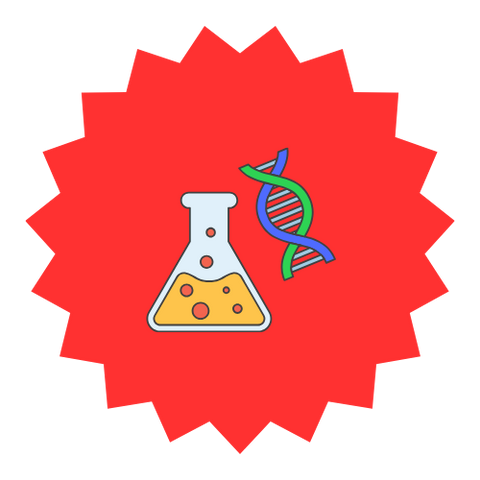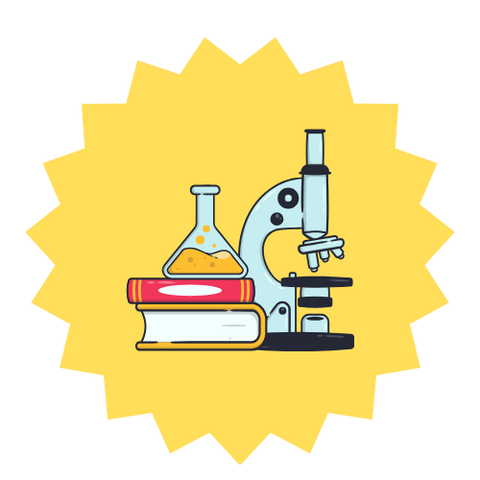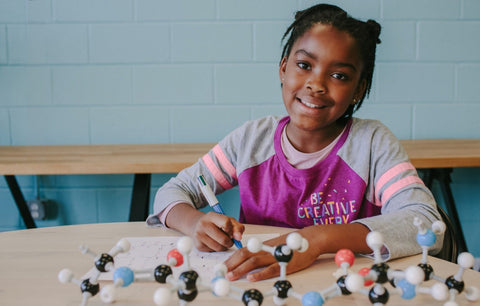
Our mission
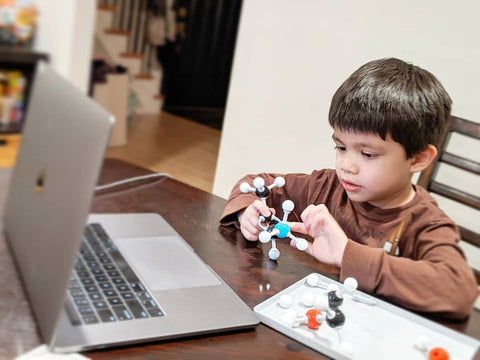
Our story
FAQ: Additional Details about Biochemistry Literacy for Kids
A taste of Biochemistry Literacy for Kids
How it works
How to integrate into homeschooling
Ideal Learner
What kinds of kids thrive here.
Not a Fit
What kids may struggle or not enjoy this learning resource.
Cognitive Diversity
How does the learning resource adapt to students with diverse intellectual needs
Prerequisites
What kind of preparation do we suggest before engaging with this learning resource.
Parent/Caregiver Involvement
Pro-tip
How to get the most out of Biochemistry Literacy for Kids
Other
Contact form
